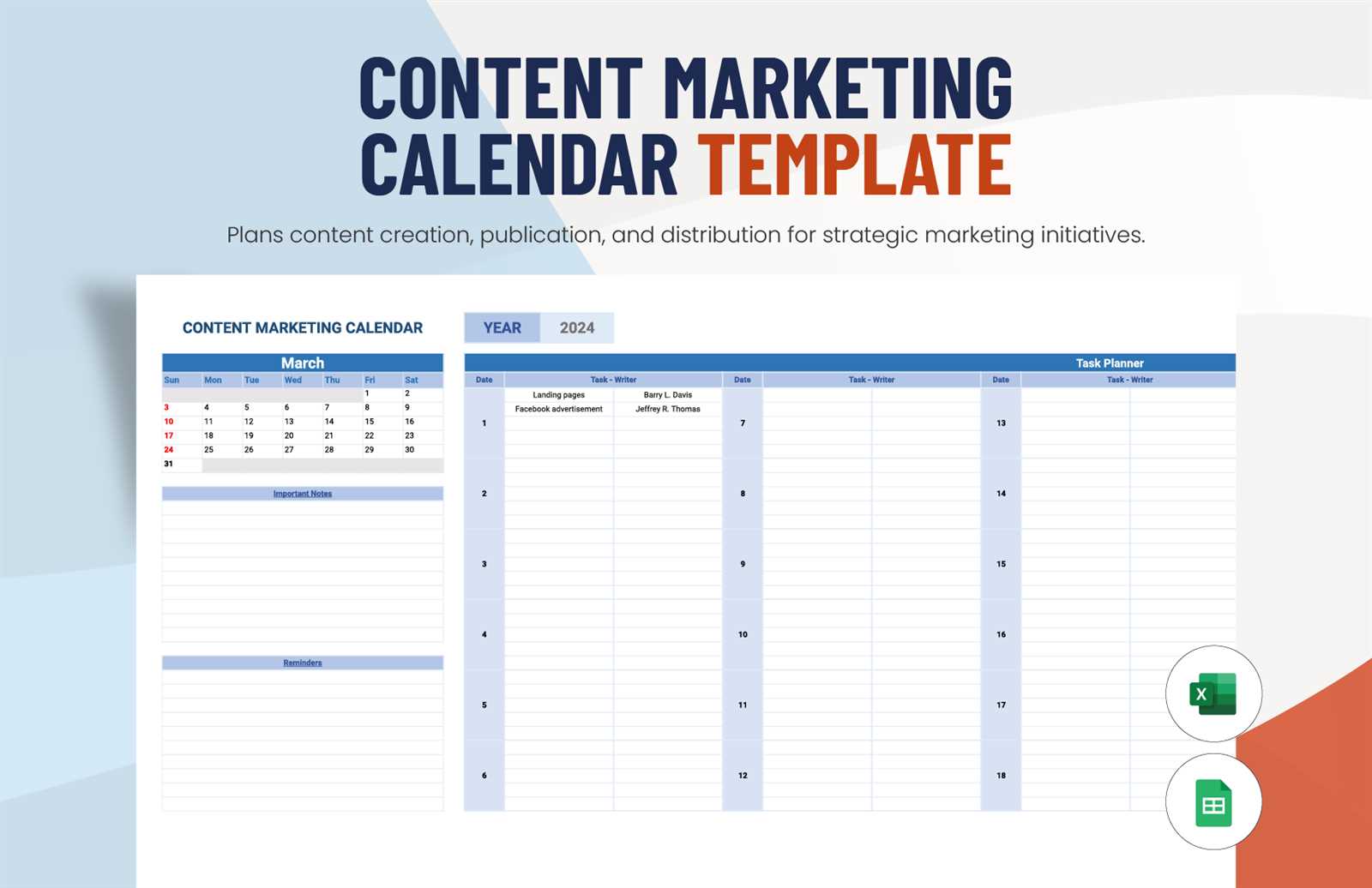
Creating a structured approach to annual activities can significantly enhance an organization’s ability to achieve its goals. By outlining key events and initiatives, groups can ensure that their resources are effectively allocated and that their outreach efforts resonate with their target audiences. A well-defined plan provides clarity and direction, fostering engagement and collaboration among team members.
Implementing a strategic framework not only helps in scheduling important milestones but also allows for flexibility in adapting to unforeseen changes. Utilizing a clear layout can streamline communication, ensuring that all stakeholders are informed and aligned. This method serves as a roadmap, guiding the organization towards successful outcomes throughout the year.
Essential Elements of a Marketing Calendar
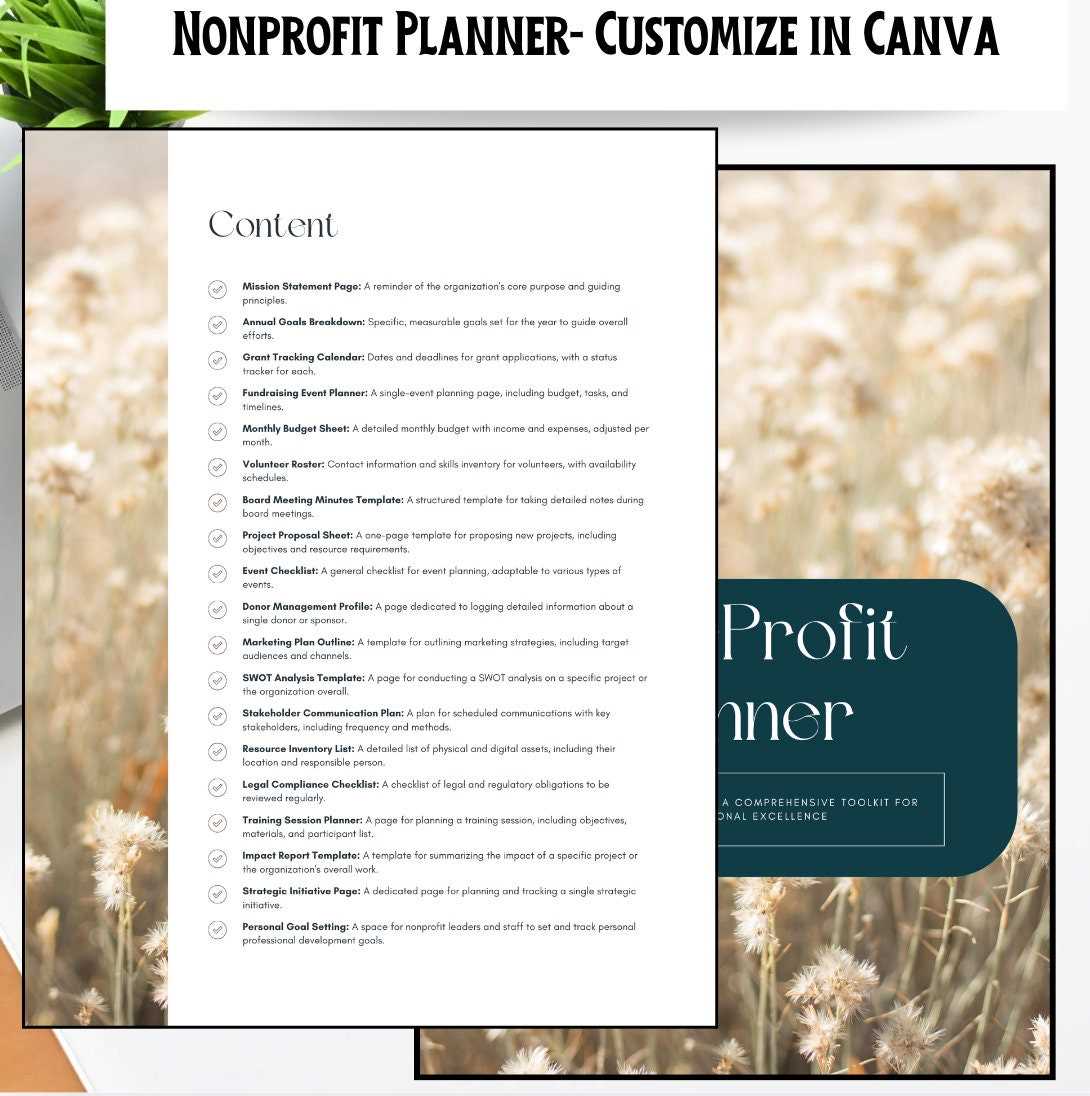
A well-structured planning tool can significantly enhance the effectiveness of your outreach efforts. It serves as a comprehensive guide that helps organizations coordinate their activities and ensures that no key initiatives are overlooked. Understanding the crucial components of this tool is vital for optimizing strategies and achieving objectives.
- Goals and Objectives: Clearly defined aims provide direction and purpose, allowing for focused efforts.
- Target Audience: Identifying the demographics and interests of your audience ensures that campaigns resonate and engage effectively.
- Content Schedule: A timeline for various communications helps maintain consistency and allows for timely delivery of messages.
- Channels of Distribution: Selecting appropriate platforms for sharing content maximizes reach and impact.
- Key Dates and Events: Highlighting significant occasions ensures that campaigns align with relevant themes or observances.
- Budget Considerations: A financial overview aids in resource allocation and ensures that initiatives are financially viable.
- Performance Metrics: Establishing criteria for measuring success helps evaluate the effectiveness of campaigns and guides future efforts.
Benefits of a Nonprofit Marketing Calendar
Having a structured plan for communication efforts can greatly enhance the effectiveness of an organization’s outreach initiatives. By strategically organizing activities, groups can ensure that they consistently engage their audience and effectively promote their mission.
Enhanced Organization and Efficiency
Utilizing a well-defined plan fosters a more organized approach to scheduling events, campaigns, and outreach efforts. This not only helps in allocating resources effectively but also minimizes the chances of overlapping activities. With a clear overview, teams can work collaboratively, ensuring that all members are aligned with the overarching goals.
Improved Audience Engagement
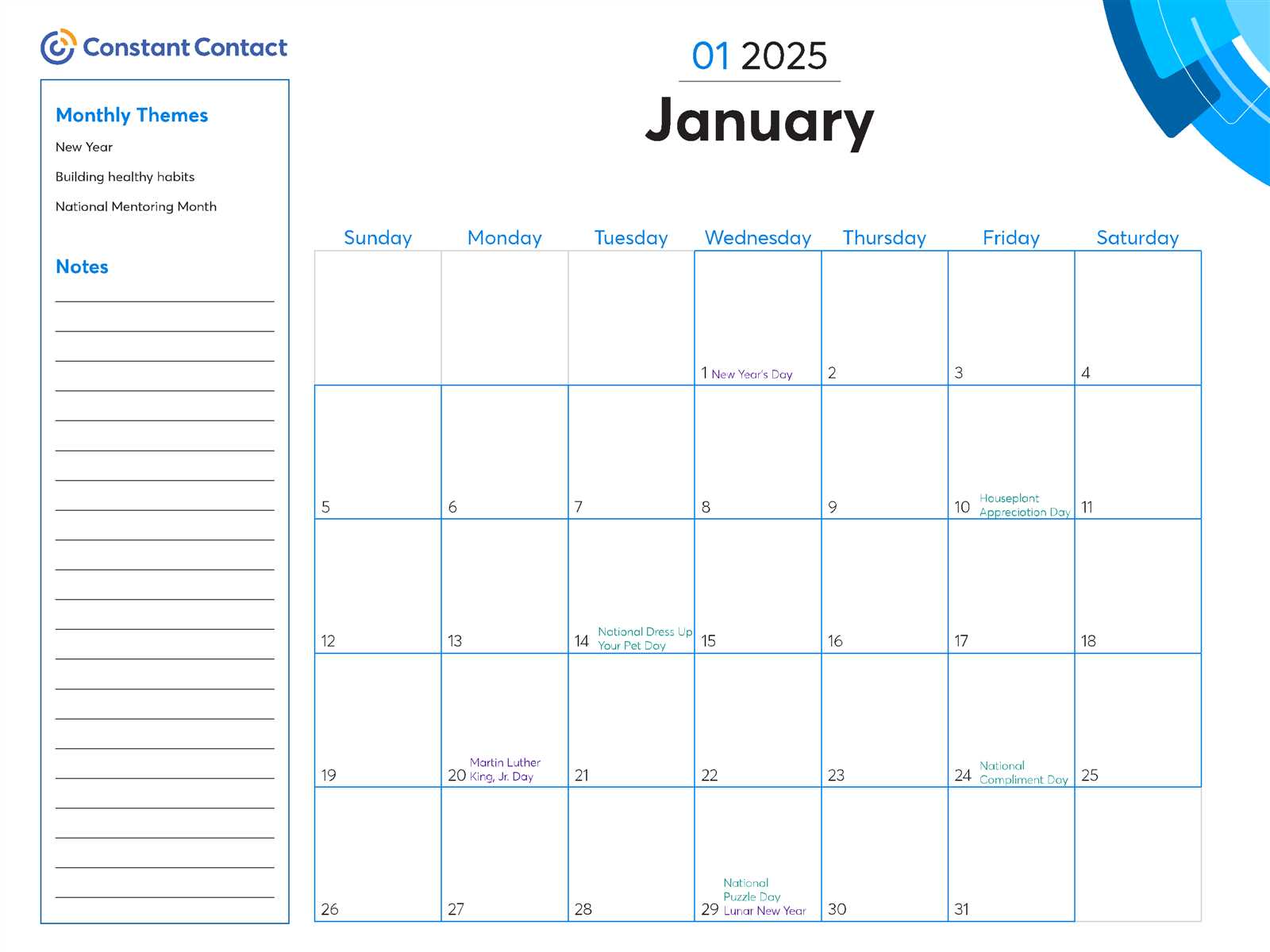
By planning content ahead of time, organizations can tailor their messages to resonate with their target demographics. This proactive strategy allows for timely communication that aligns with key dates and events, thereby increasing audience interaction. Consistent engagement leads to stronger connections, fostering loyalty and support for the organization’s objectives.
Steps to Create Your Calendar
Designing a strategic schedule is essential for any organization looking to optimize its outreach efforts. This process involves careful planning and execution to ensure that all initiatives are well-timed and effectively communicated. Here are the key steps to guide you in crafting your schedule.
Define Your Goals
Start by identifying the primary objectives you wish to achieve. Whether it’s increasing awareness, engaging the community, or boosting participation, clear goals will help shape your approach. Articulating these aims ensures that your efforts remain focused and aligned with your overall mission.
Outline Key Dates and Events
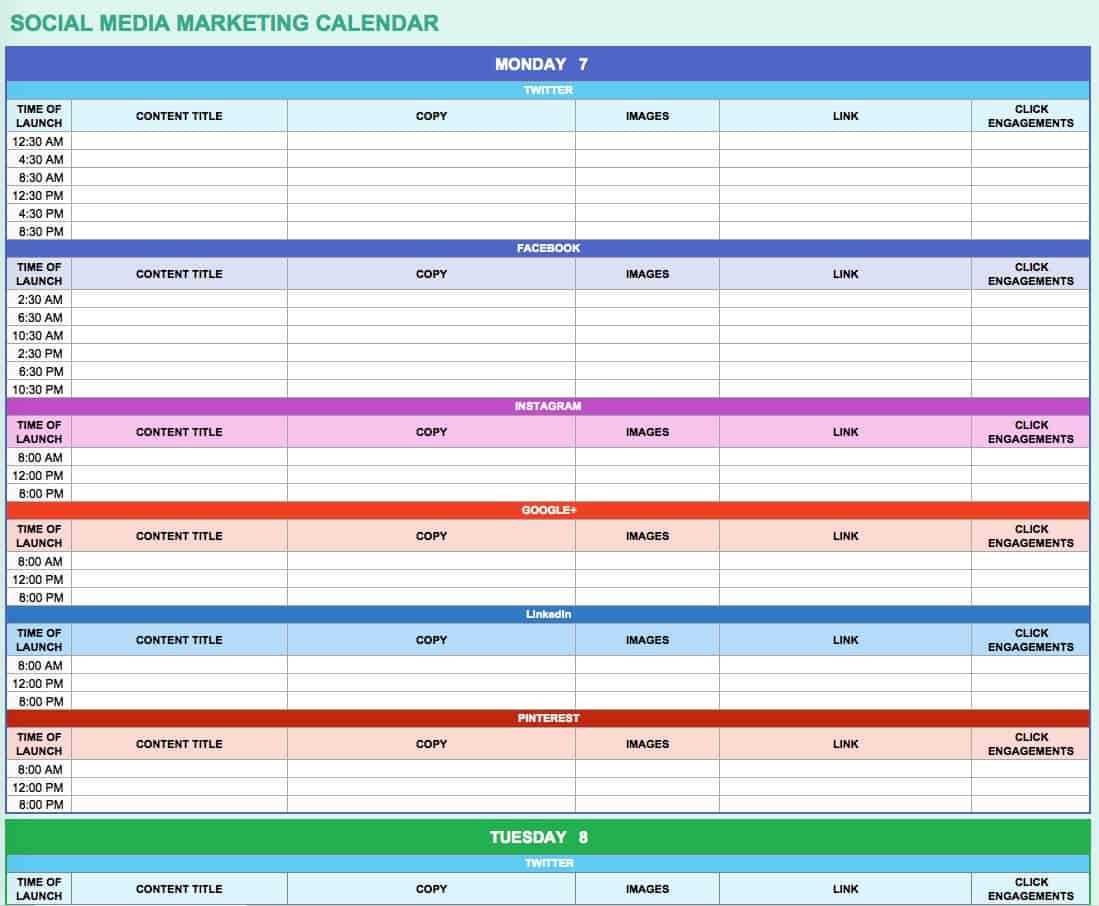
Once your goals are established, outline important dates and events relevant to your strategy. This may include community gatherings, awareness days, or funding opportunities. Consider incorporating seasonal trends that could influence participation, allowing for a well-rounded plan that resonates with your audience.
Choosing the Right Tools for Planning
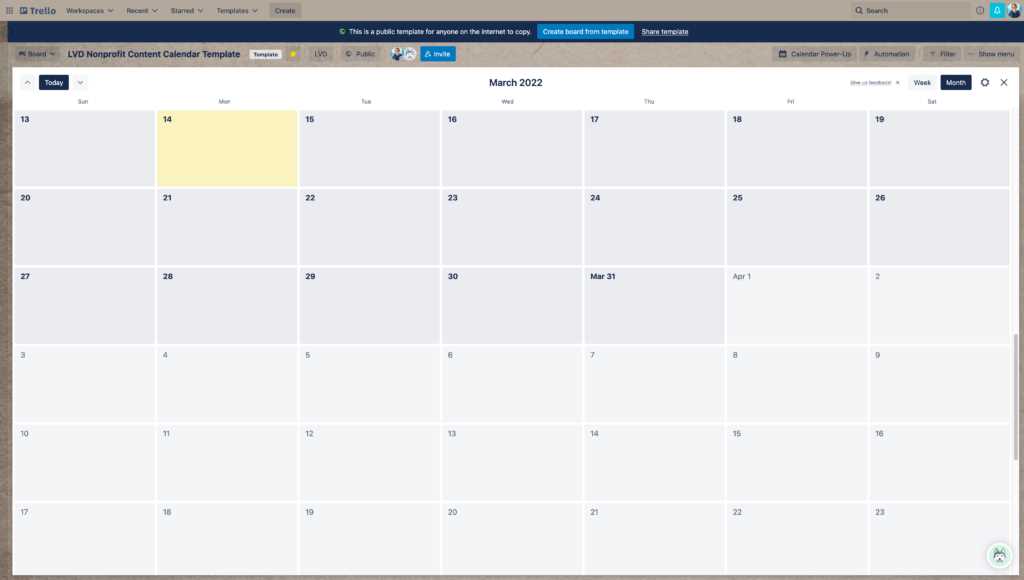
Effective planning requires the right set of resources to streamline the process and enhance productivity. Selecting appropriate instruments can significantly impact the efficiency of your organizational efforts. This section explores various options that can aid in structuring and executing your initiatives seamlessly.
When considering tools, it’s essential to evaluate their features and compatibility with your team’s workflow. Look for applications that offer collaboration capabilities, task management functionalities, and user-friendly interfaces. A well-rounded tool can facilitate communication and keep everyone aligned with shared objectives.
Incorporating technology into your planning process can also provide valuable insights through analytics and reporting. Such features allow you to track progress and adjust strategies as needed. Additionally, consider platforms that integrate with other systems you already use to create a cohesive environment.
Ultimately, the right tools should empower your team to focus on achieving goals rather than getting bogged down in administrative tasks. Take the time to test different options and gather feedback from your members to ensure that the chosen resources truly meet your needs.
Incorporating Seasonal Events Effectively
Utilizing seasonal occasions can significantly enhance engagement and drive awareness for your organization. By aligning your initiatives with these events, you create opportunities to connect with your audience on a deeper level. This section explores strategies for integrating seasonal themes into your outreach efforts.
Understanding Your Audience
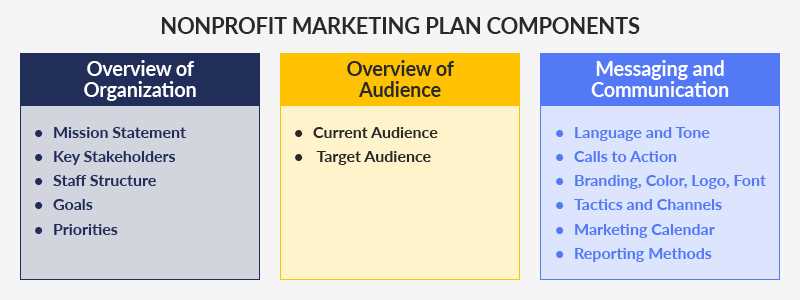
Before planning your seasonal activities, it’s crucial to comprehend the interests and preferences of your target demographic. Here are some steps to guide you:
- Conduct surveys to gather insights on what events resonate with your audience.
- Analyze past engagement metrics related to seasonal promotions.
- Identify cultural or local events that may align with your mission.
Planning and Execution
Once you have a clear understanding of your audience, it’s time to plan how to implement seasonal initiatives:
- Create themed campaigns that reflect the spirit of the season.
- Leverage social media to promote your events and encourage participation.
- Consider partnerships with local businesses to expand your reach.
- Utilize email marketing to remind supporters of upcoming seasonal activities.
Setting Realistic Goals and Milestones
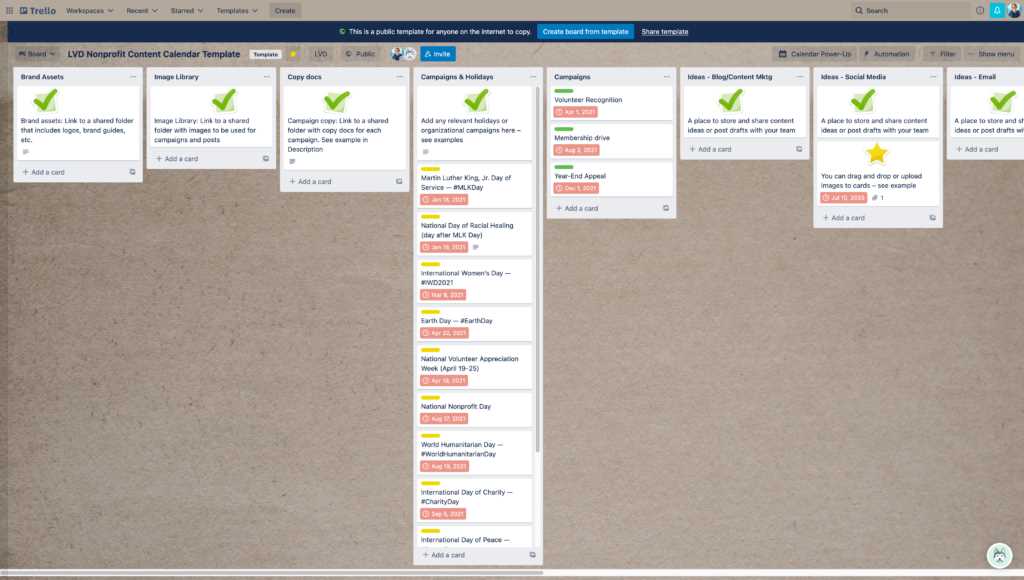
Establishing achievable objectives is crucial for any initiative aiming for success. By defining clear aims and interim targets, organizations can maintain focus and motivation throughout their projects. This structured approach allows teams to track progress and make informed adjustments along the way.
To effectively set these objectives, consider the following steps:
- Identify Priorities: Determine what is most important for your mission and focus your efforts accordingly.
- Make Goals SMART: Ensure that your objectives are Specific, Measurable, Achievable, Relevant, and Time-bound.
- Break It Down: Divide larger goals into smaller, manageable milestones to create a clear path forward.
- Involve Stakeholders: Engage team members and relevant parties in the goal-setting process to foster commitment and shared ownership.
- Review and Adjust: Regularly assess progress toward your objectives and be willing to adapt as necessary.
By following these guidelines, organizations can cultivate a realistic framework that supports sustained progress and encourages a sense of achievement as milestones are reached.
Engaging Your Audience Throughout the Year
Building a lasting connection with your audience requires consistent interaction and thoughtful strategies. Throughout the year, it is essential to create opportunities for engagement that resonate with your supporters and foster a sense of community. By implementing diverse approaches, you can keep your audience invested and enthusiastic about your initiatives.
Regular Communication is crucial in maintaining interest. Utilize newsletters, social media updates, and personalized messages to share stories, achievements, and upcoming events. This transparency cultivates trust and encourages active participation.
Another effective strategy is themed events. Organizing activities around holidays, seasons, or specific causes not only attracts attention but also provides a platform for your audience to engage in meaningful ways. Tailoring your events to match the interests and passions of your supporters can significantly enhance involvement.
In addition, feedback mechanisms play a vital role. Encouraging your audience to share their thoughts and ideas creates a sense of ownership and inclusion. Surveys, polls, and open forums can help you understand their needs better, allowing you to tailor your outreach efforts accordingly.
Lastly, consider incorporating storytelling as a means to engage. Sharing compelling narratives about the impact of your work can evoke emotions and inspire action. By illustrating how individual contributions make a difference, you reinforce the importance of your community’s support.
Utilizing Social Media for Outreach
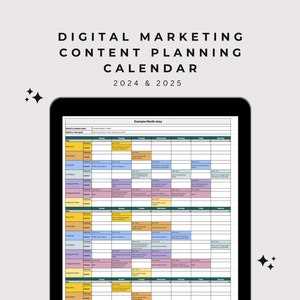
In today’s digital landscape, engaging with a broader audience through online platforms has become essential. Effective use of social networks allows organizations to connect with their community, share valuable content, and encourage participation in various initiatives. By crafting a strategic approach, one can amplify their message and reach diverse demographics.
Crafting Compelling Content
Creating engaging and relevant content is key to capturing attention. Whether through informative posts, eye-catching visuals, or interactive stories, the goal is to resonate with the target audience. Highlighting success stories, sharing informative articles, or posting updates about upcoming events can foster a sense of connection and encourage sharing.
Engagement Strategies
To maximize outreach, it’s important to employ various engagement techniques. Regular interaction with followers through comments, polls, and direct messages can enhance community involvement. Additionally, collaborating with local influencers or partners can expand reach and introduce new perspectives.
| Strategy | Description |
|---|---|
| Content Creation | Develop engaging posts that resonate with your audience. |
| Interactive Campaigns | Utilize polls and contests to encourage participation. |
| Influencer Partnerships | Collaborate with local figures to broaden your reach. |
Measuring Success: Key Performance Indicators
Evaluating effectiveness is essential for any organization striving to achieve its goals. Understanding what metrics to track allows for informed decision-making and strategic adjustments. Identifying the right indicators helps assess progress and overall impact.
Commonly used metrics include engagement rates, conversion figures, and audience growth. These indicators provide insights into how well initiatives resonate with the target audience and highlight areas for improvement. Regularly analyzing these figures ensures that efforts are aligned with objectives and maximizes outcomes.
Establishing benchmarks is crucial for measuring progress over time. By comparing current performance against historical data, organizations can determine whether strategies are yielding desired results. This continuous evaluation fosters accountability and encourages ongoing refinement of approaches.
Tips for Managing Your Marketing Schedule
Effectively organizing your promotional activities can significantly enhance your outreach and engagement. By adopting a strategic approach, you can ensure that your initiatives are timely and impactful, ultimately leading to greater success in your endeavors.
Establish Clear Goals
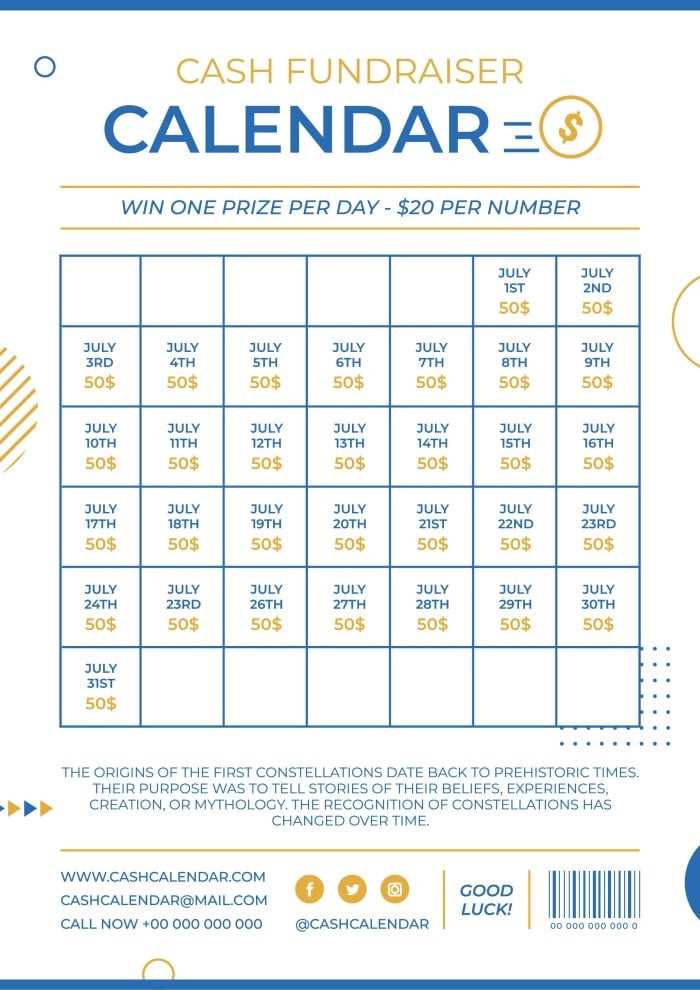
Defining your objectives is crucial for maintaining focus. Consider the following steps:
- Identify your target audience.
- Determine key performance indicators (KPIs) to measure success.
- Set specific timelines for achieving each goal.
Prioritize Tasks
Not all activities hold the same weight. Here’s how to prioritize effectively:
- Assess the urgency and importance of each task.
- Allocate resources accordingly to high-impact projects.
- Regularly review and adjust priorities based on changing circumstances.
By implementing these strategies, you can create a more streamlined approach to your promotional efforts, ensuring that you maximize your resources and achieve your desired outcomes.
Collaboration Strategies for Your Team
Effective teamwork is essential for achieving common goals and enhancing productivity. Implementing robust strategies can facilitate better communication, foster creativity, and ensure that each member contributes their unique strengths. By prioritizing collaboration, your group can navigate challenges more efficiently and build a supportive environment.
First, establishing clear objectives is crucial. Each member should understand the overall vision and how their role fits into the larger picture. This clarity not only aligns efforts but also motivates individuals to take ownership of their tasks.
Regular meetings can enhance collaboration by providing a platform for discussion and feedback. These gatherings should encourage open dialogue, allowing team members to voice their ideas and concerns. Additionally, using collaborative tools can streamline communication, making it easier to share information and updates in real-time.
Fostering a culture of trust and respect is another vital aspect. Team members should feel valued and supported, which can lead to increased morale and engagement. Celebrating successes together, no matter how small, reinforces this positive atmosphere and strengthens team bonds.
Finally, encouraging cross-functional collaboration can bring diverse perspectives into problem-solving. Involving individuals from different backgrounds and areas of expertise can lead to innovative solutions and a more dynamic working environment.
Adjusting Your Calendar for Flexibility
Creating a dynamic schedule is essential for any organization aiming to adapt to changing circumstances. Flexibility allows teams to respond effectively to unexpected events and opportunities, ensuring that resources are utilized efficiently and goals are met without unnecessary strain.
Embracing Change

Incorporating adaptability into your planning process means recognizing that priorities can shift. By regularly reviewing and adjusting your approach, you can better align your efforts with current needs. This might involve reallocating resources or adjusting timelines to accommodate new projects or challenges.
Strategies for Flexibility
Consider implementing a system that allows for easy updates and modifications. This could include using digital tools that facilitate real-time collaboration, enabling all team members to stay informed about changes. Additionally, establish regular check-ins to assess progress and make necessary adjustments to stay on track.
Visual Design Ideas for Your Calendar
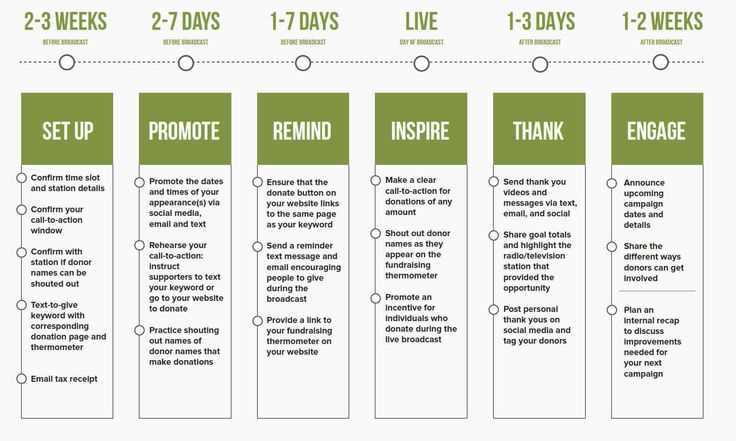
Creating an engaging visual layout can significantly enhance the appeal of your planning tool. Thoughtful design choices not only attract attention but also facilitate easy navigation and usability. Here are several creative concepts to consider when crafting your layout.
- Color Schemes: Choose a palette that reflects your mission and resonates with your audience. Harmonious colors can evoke emotions and set the tone.
- Typography: Utilize a mix of fonts to create a hierarchy. Consider pairing a bold typeface for headings with a more subtle one for body text to enhance readability.
- Imagery: Incorporate relevant visuals, such as illustrations or photos, that align with your themes. These elements can break the monotony of text and add character.
- Iconography: Use icons to represent key events or initiatives. This visual shorthand can make your content more accessible and engaging.
- Layout Variations: Experiment with different grid layouts or asymmetrical designs to create a dynamic look. A unique structure can draw interest and keep viewers engaged.
Implementing these design elements will not only beautify your planning tool but also enhance its functionality, making it a valuable resource for your audience.
Creating a Content Strategy Framework
Establishing a solid framework for your content approach is essential for achieving consistent communication and engagement with your audience. This involves outlining key objectives, understanding your target demographic, and determining the types of content that resonate most effectively. A well-structured strategy not only streamlines your efforts but also maximizes the impact of your messaging.
Defining Your Goals
Begin by identifying the primary aims of your content initiatives. Whether it’s raising awareness, fostering community involvement, or driving specific actions, clarity in your objectives sets the foundation for your framework. Ensure that these goals are measurable and attainable to facilitate effective evaluation.
Understanding Your Audience
A comprehensive understanding of your audience is crucial. Conduct research to gather insights into their preferences, needs, and behaviors. This knowledge will inform the creation of tailored content that speaks directly to them, enhancing engagement and connection. Utilize surveys, social media interactions, and analytics to shape your approach.
Using Data to Inform Future Plans
Harnessing insights derived from data is essential for guiding strategic decisions and enhancing overall effectiveness. By analyzing past performance and trends, organizations can create informed strategies that align with their goals and audience needs.
Key benefits of utilizing data include:
- Identifying Trends: Recognizing patterns in behavior can help anticipate future developments.
- Enhancing Engagement: Understanding what resonates with the audience fosters deeper connections.
- Allocating Resources Efficiently: Data-driven decisions can optimize resource distribution, maximizing impact.
To effectively implement data insights into future initiatives, consider the following steps:
- Collect Relevant Data: Use surveys, social media analytics, and feedback forms to gather information.
- Analyze Findings: Employ analytical tools to interpret data and identify actionable insights.
- Set Clear Objectives: Define measurable goals based on data to guide future efforts.
- Monitor Progress: Continuously assess outcomes against objectives to refine strategies as needed.
By prioritizing data utilization, organizations can strengthen their approach, ensuring they remain responsive and effective in achieving their mission.
Building Partnerships for Enhanced Reach
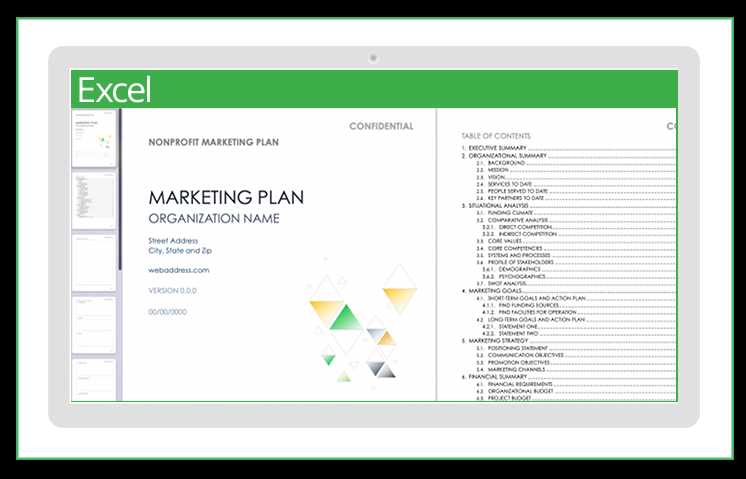
Establishing strong collaborations can significantly amplify the effectiveness of outreach efforts. By aligning with like-minded organizations, groups can leverage each other’s strengths, resources, and networks to create a more substantial impact.
To begin cultivating these relationships, it’s essential to identify potential allies that share similar values and objectives. Engaging in conversations to explore mutual interests can pave the way for innovative initiatives. Additionally, forming strategic alliances can help reach broader audiences, tapping into new demographics that may be otherwise inaccessible.
Once partnerships are established, maintaining open communication and transparency is crucial. Regular updates and collaborative brainstorming sessions can foster a sense of shared purpose and encourage creative solutions to common challenges. Celebrating joint successes not only strengthens the bond between organizations but also showcases the power of collaboration to the wider community.
Ultimately, the synergy created through effective partnerships can lead to enhanced visibility and increased support for shared missions, making a significant difference in the overall reach and influence.
Examples of Effective Marketing Calendars
Utilizing a structured plan for outreach activities can greatly enhance the impact of an organization’s initiatives. By implementing a well-thought-out schedule, teams can ensure that their efforts are aligned with key events and campaigns, maximizing visibility and engagement with their audience.
| Organization | Focus Area | Key Activities | Frequency |
|---|---|---|---|
| Community Health Initiative | Health Awareness | Workshops, Webinars, Outreach Events | Quarterly |
| Environmental Advocacy Group | Conservation Efforts | Fundraising Drives, Volunteer Days | Monthly |
| Cultural Arts Association | Arts Promotion | Exhibitions, Performances, Community Classes | Seasonal |
| Educational Foundation | Scholarship Programs | Application Drives, Community Meetings | Biannually |
These examples illustrate how different organizations effectively plan their activities to achieve specific goals. Each example demonstrates a tailored approach, highlighting the importance of aligning efforts with the needs and interests of the target audience.
Common Mistakes to Avoid in Planning
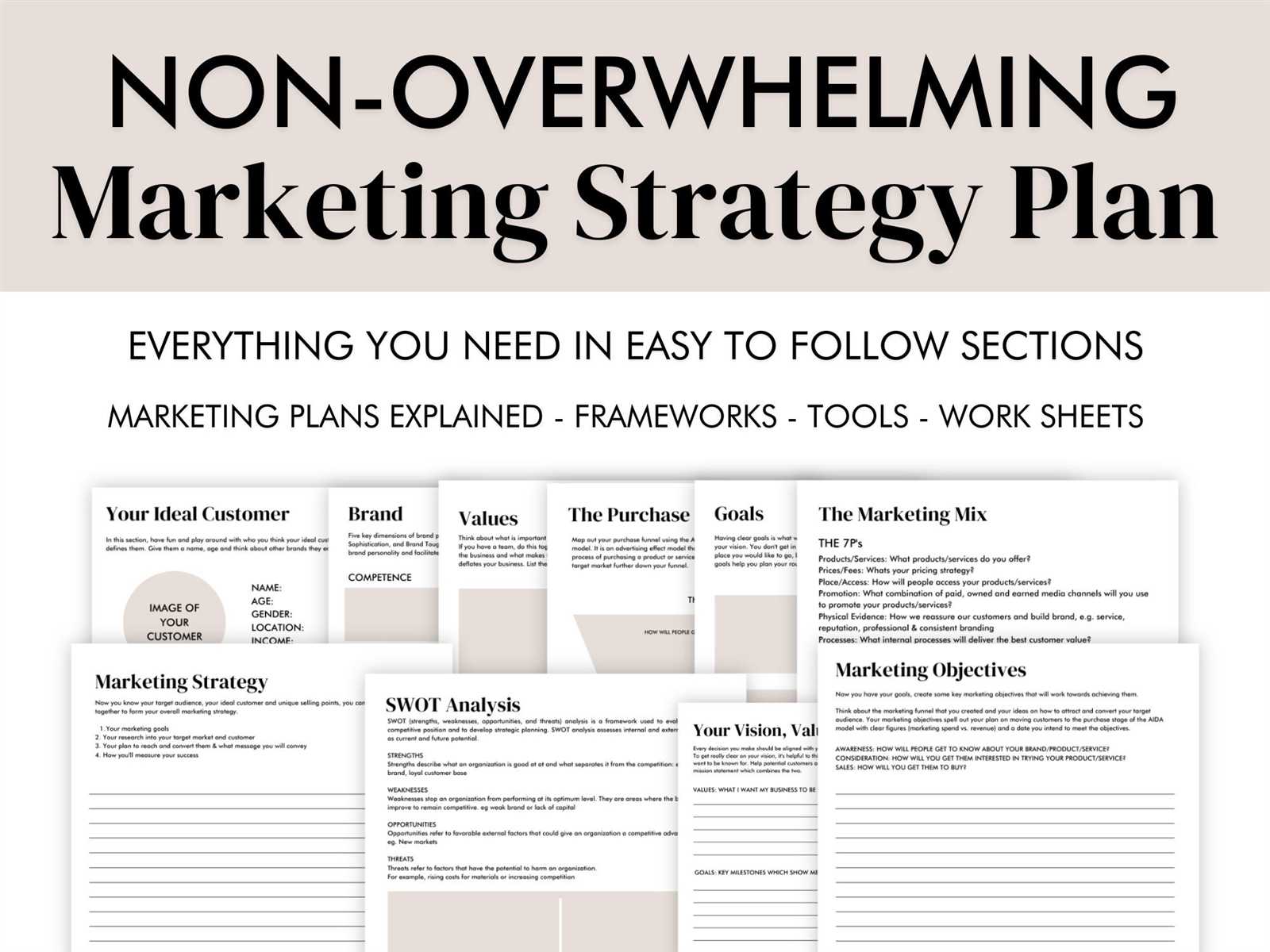
Effective planning is crucial for achieving desired outcomes. However, several pitfalls can undermine efforts and lead to unproductive results. Understanding these common errors can help streamline processes and enhance overall effectiveness.
One frequent oversight is neglecting to set clear objectives. Without defined goals, it becomes challenging to measure progress and success. Similarly, failing to allocate adequate resources, whether time, budget, or personnel, can severely limit the potential impact of initiatives.
Another mistake involves poor communication among team members. Collaboration is essential; when lines of communication are weak, misunderstandings and confusion can arise, derailing projects. Additionally, not involving stakeholders early in the process may lead to resistance and a lack of buy-in when implementing strategies.
Lastly, it is vital to remain flexible. Rigid adherence to plans can be detrimental in dynamic environments where conditions change rapidly. Regularly reviewing and adjusting strategies ensures that efforts remain aligned with current needs and opportunities.